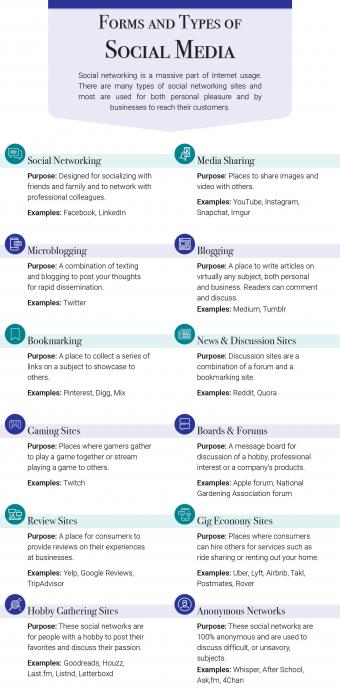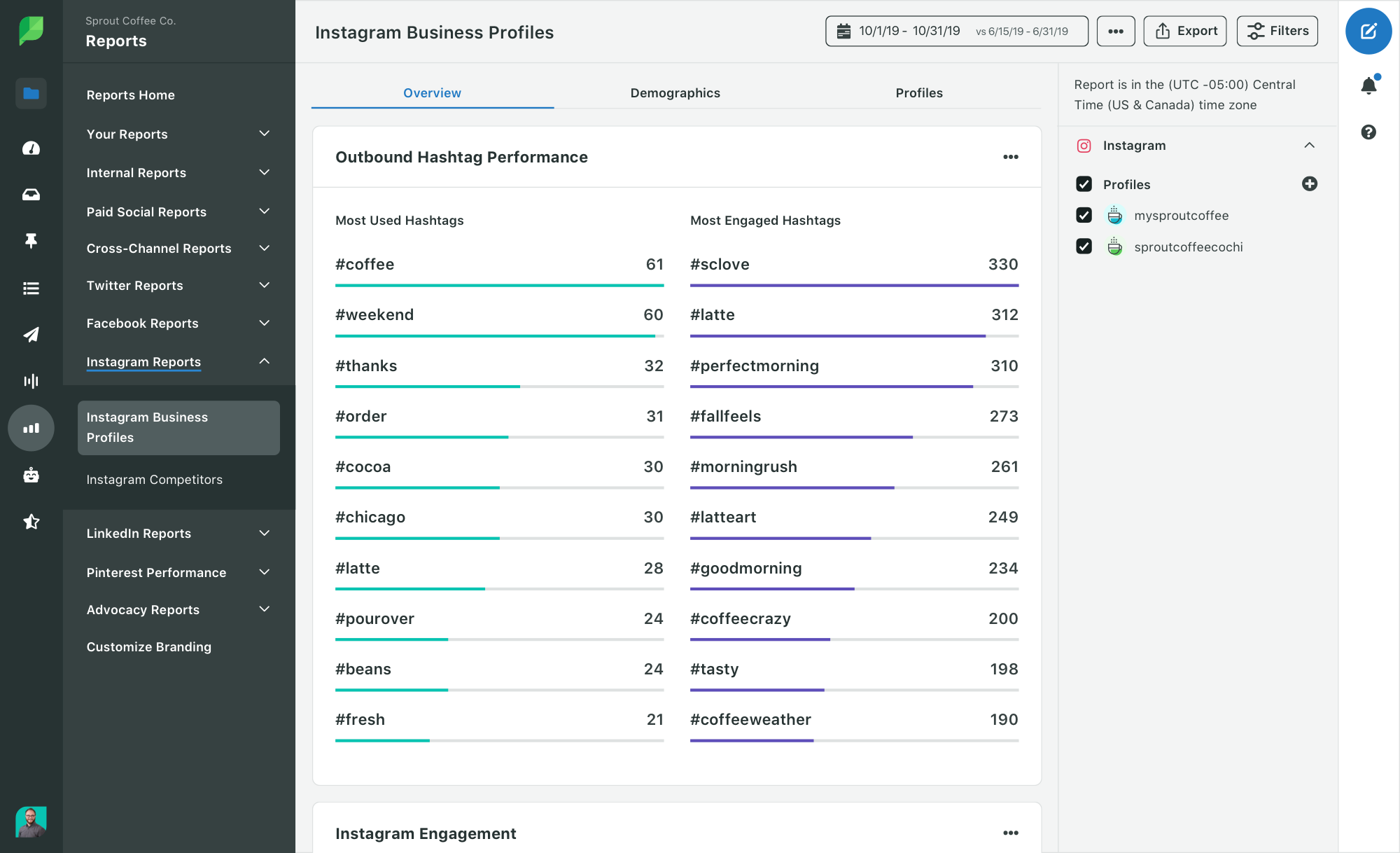
You need to create a social media strategy plan if you want to see the best results with your social media efforts. A plan will ensure that you are sharing the most valuable content possible to your audience. Social media advertising has low costs and can be used for any business. SEO Design Chicago can help you develop a strategy for your business.
Steps to create a plan for social media marketing
First, you need to decide what type of content will be published. It'll make it easier for you to create ideas for your posts once you've defined your content mix. A plan will help you allocate resources efficiently and allow you to create content that is valuable to your audience. You will need to invest more in some content ideas than others. It is important to be clear about the information you wish to share.
While social media marketing is an essential part of digital strategy today, it can be time-consuming and resource-draining. Even for established brands that are already well-known, social media can be complicated to manage. A socialmedia marketing plan will help ensure you stay on target and remain focused.

Use these tools to help you create a social marketing plan
Many tools are available to help you develop a social marketing plan. YouTube, Twitter and Facebook all offer tools that are specific to their platforms. Facebook's ad studio allows you to write posts and share them with your followers. YouTube on the other hand has the creator station, but this only works within the platform. Facebook lets you reply to your fans from within the app.
Another tool you can use is Tagboard, which makes it easy to find content that's already popular. You can input any topic, hashtag, term, and the tool will show you the most popular posts as well as trends. You can use this information to personalize your content and create content that appeals to your target audience.
Measurement is important
Measure your progress to make sure that your social media marketing campaigns are successful. Then adjust your plan to reflect this. Setting goals is the first step in creating a measurement strategy. This will help you decide which channels are best to reach your goals. By analysing the comments and sharing them on their walls, you can monitor the success of your campaigns.
For brands to be able to track their conversation across platforms, they need measurement programs that are ongoing. Measurement programs should also be campaign-specific in order to better understand the effect of targeted marketing strategies. Both are important for effective social media advertising. The following are benefits of measuring the effectiveness of social media marketing

Audience Growth Rate: This metric helps to measure the effectiveness of social media marketing. It takes a variety of data into account, such as brand mentions, engagement and user count. The hashtags can be used to measure social media engagement.
FAQ
What is the average time it takes to start content marketing?
It depends on how big your company is. Smaller companies usually don't have enough resources to invest in content marketing immediately. If you're willing and able to work hard, however, it can make a huge difference.
What is one of the main goals of content marketing?
Content marketing seeks to provide customers with relevant and valuable information. This should be done through different channels such as email campaigns, blog articles, white papers, etc. The key is to deliver value to your audience.
How can content marketing strategies be effective?
First, decide what type of content you want. This will help you create a content marketing plan that is effective. Then, decide who your target market is and how they use the internet. Next, you will need to identify the channels that are most likely to reach your target market. Next, find the right keywords and create compelling copy to promote each piece of content.
Statistics
- Out of the 1,500 marketers we surveyed for our State of Content Marketing report, 78% who felt their content marketing strategy was exceptionally effective in 2021 had documented their strategy. (semrush.com)
- Progress indicators (0–100%) allow each team member to see how attainable each goal is and understand what remains to be accomplished. (semrush.com)
- An example of an overarching goal could be: "In 2022, we want to achieve a 20% increase in revenue created by organic content and generate 15,000 MQLs with a budget of $30,000." (semrush.com)
- According to research compiled by Coschedule: Companies that publish 16+ blog posts a month get as much as 3.5x as much traffic as those that publish 0-4 posts a month. (criteo.com)
- To further show the importance of this, 89% of people have stopped doing business with a company because of a poor experience. (neilpatel.com)
- According to our research, brand awareness, attracting traffic, and generating leads remain the key content marketing goals in 2022. (semrush.com)
- Forty-seven percent of buyers view 3 to 5 pieces of content before engaging with a sales representative. (mailchimp.com)
- According to our research, 65% of companies with very successful content marketing in 2021 ran content audits at least twice a year. (semrush.com)
External Links
How To
Content Marketing Tips: Infographic Creation Tips
Infographics are an effective way to explain complicated concepts clearly and make information understandable. Infographics can be used to communicate your message.
To create an infographic using design software such Adobe Illustrator, Photoshop or other similar programs, you will need Adobe Illustrator. These programs allow you to create infographics by drawing different shapes and elements. You can then use colors and fonts for your data. Once you have your design ready, upload images from Unsplash or Pixabay to add to it.
Look online for inspiration to create your own infographics. A picture of a food Pyramid could be used to show how many calories each food has. You might also want to calculate how many calories are in soda pop. This can be done by taking a picture with a bottle of Coke.
Once you have designed your infographic you can share it via social media channels, such as Facebook or Twitter. This will make it easier for people who don't know the concept to get familiar with it. If you decide to post your infographic on social media platforms, include hashtags so others can see what you're talking about. Users can follow conversations around specific topics using hashtags.
Try to make your infographic posts shorter than you normally would if you create one. An average blog post will be between 2000 and 5000 words. An infographic, however, only needs 500 to 1000 words. This allows you to convey more information in a smaller space.
When designing your infographic, remember that some viewers may struggle to read small font sizes. Your graphics should be large enough in font size and not rely on too much color. Make sure all text is legible.
Here are some additional tips :
-
Choose an Infographic Design Template. There are many free templates available online and in printable formats. Canva, Piktochart and Google Slides are the most used templates.
-
Make your Infographic. You can use the template to create your infographic. You can use any type of media that is appropriate for your audience. For example, creating an infographic about the best places to eat in Seattle might choose photos of local restaurants.
-
Add Text. Add text after you've created your infographic.
-
Add images. Add images to your infographic. These images can be charts, graphs, icons, or pictures. If you want to add a picture, make sure it's relevant to your topic.
-
Make It Interactive. Interactive elements can include buttons, maps, or links. This will make it easier for your audience to interact with you.
-
Share. Share your infographic with others on social media such as Facebook, Twitter and LinkedIn.
-
Measure. How well did your infographic perform? Did they click through to your site? Did they sign-up for your email address? What was their reaction?
-
Improve. Are there ways you could improve your infographic? Is there anything you could do better?
-
Repeat. Repeat.